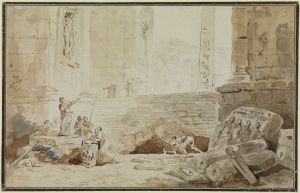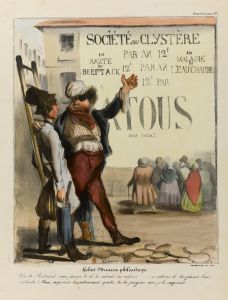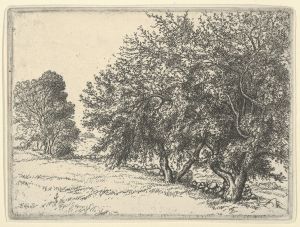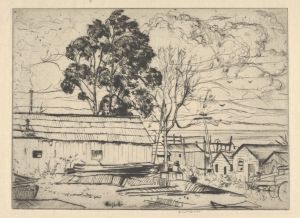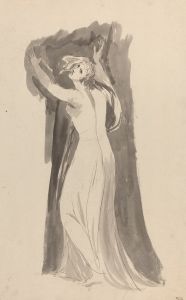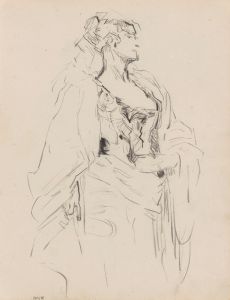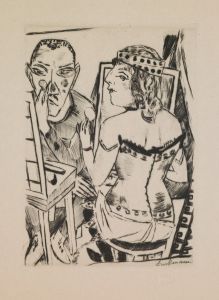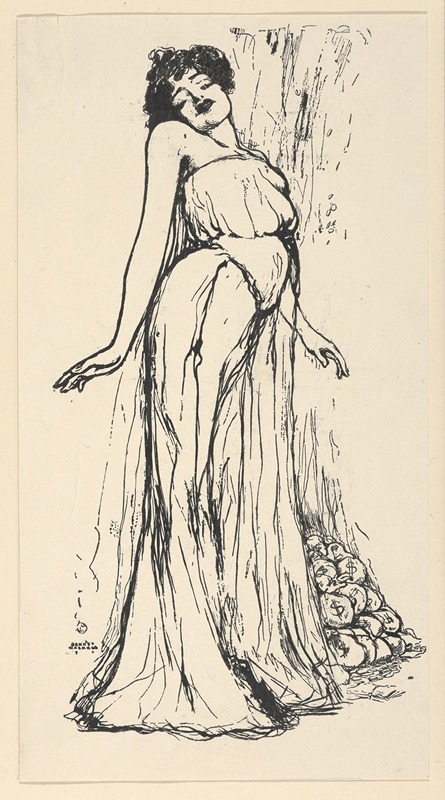
Olga Nethersole
A hand-painted replica of Ernest Haskell’s masterpiece Olga Nethersole, meticulously crafted by professional artists to capture the true essence of the original. Each piece is created with museum-quality canvas and rare mineral pigments, carefully painted by experienced artists with delicate brushstrokes and rich, layered colors to perfectly recreate the texture of the original artwork. Unlike machine-printed reproductions, this hand-painted version brings the painting to life, infused with the artist’s emotions and skill in every stroke. Whether for personal collection or home decoration, it instantly elevates the artistic atmosphere of any space.
Olga Nethersole by Ernest Haskell is a notable artwork that captures the essence of the famous British actress Olga Nethersole. Created by the American artist Ernest Haskell, this piece is a testament to the intersection of visual art and performing arts during the late 19th and early 20th centuries.
Olga Nethersole was a prominent figure in the theatrical world, known for her dramatic roles and charismatic stage presence. Born in 1867 in London, she became a celebrated actress, particularly recognized for her performances in plays such as "Carmen" and "Sapho." Her career was marked by both acclaim and controversy, especially with the latter play, which led to a sensational trial in New York due to its provocative content. Despite the challenges, Nethersole's talent and determination solidified her status as a leading actress of her time.
Ernest Haskell, the artist behind the portrait, was an American illustrator and printmaker born in 1876. He was renowned for his innovative poster designs and etchings, which often featured intricate details and a unique style that set him apart from his contemporaries. Haskell's work was influential in the development of American graphic arts, and he was known for his ability to capture the personality and essence of his subjects.
The portrait of Olga Nethersole by Haskell is a fine example of his artistic skill and his ability to convey the character of his subjects. While specific details about the creation of this particular artwork are limited, it is known that Haskell's portraits often involved a meticulous process of sketching and etching, resulting in highly detailed and expressive images. His work was characterized by a strong sense of line and form, which can be seen in the way he depicted Nethersole.
This artwork not only highlights Nethersole's striking features but also reflects the cultural and artistic milieu of the period. During this time, the arts were undergoing significant transformations, with new styles and forms emerging in both theater and visual arts. The collaboration between artists like Haskell and performers like Nethersole exemplifies the dynamic exchange of ideas and influences that characterized the era.
Haskell's portrait of Nethersole would have been part of a broader trend of celebrity portraiture, where artists sought to capture the likenesses of famous individuals, thereby contributing to their public image and legacy. Such portraits were often used in promotional materials, helping to enhance the visibility and allure of theatrical productions.
In summary, Olga Nethersole by Ernest Haskell is more than just a portrait; it is a historical artifact that encapsulates the spirit of an era where the performing arts and visual arts were closely intertwined. Through Haskell's skilled artistry, the image of Olga Nethersole is preserved, offering a glimpse into the life and career of a woman who left a lasting impact on the stage. The artwork stands as a testament to the enduring power of portraiture in capturing the essence of cultural icons.





